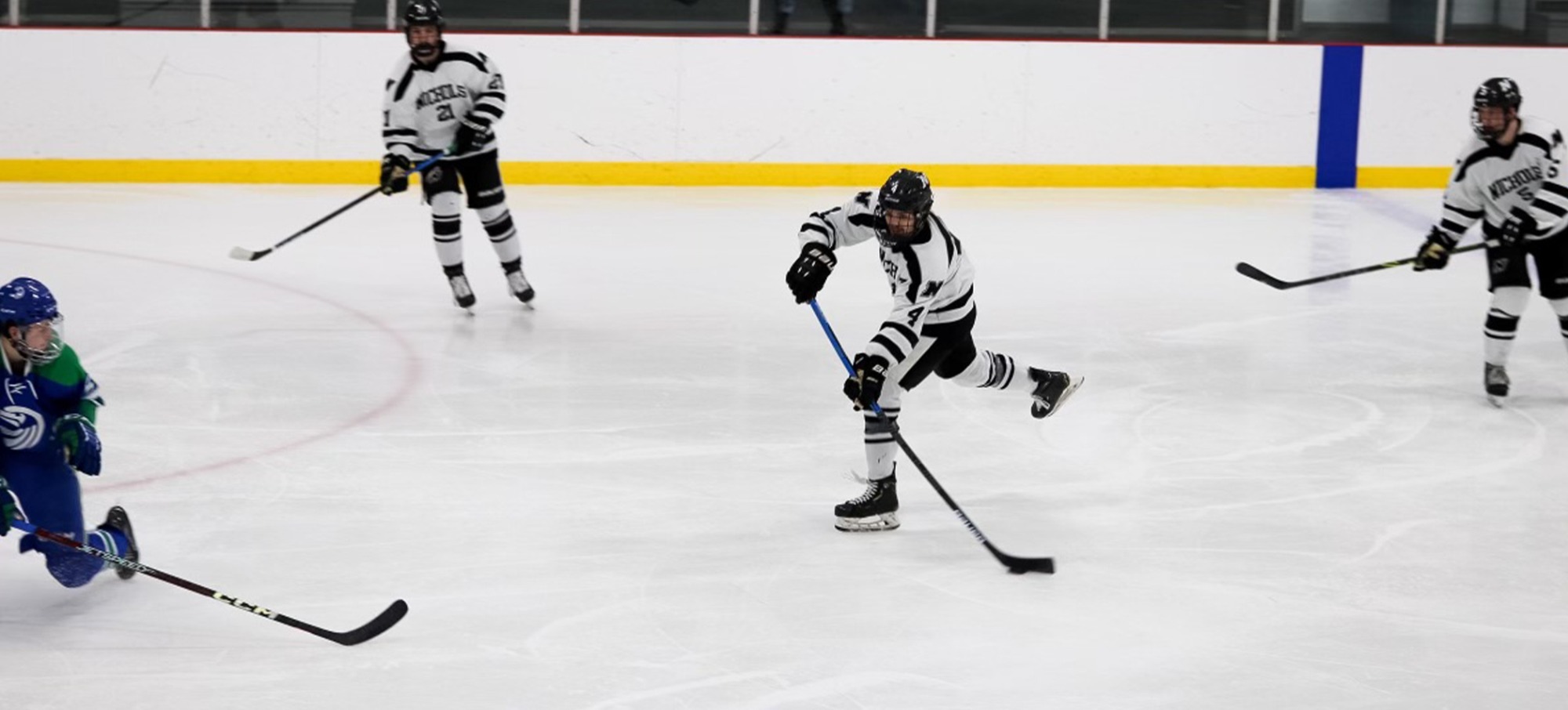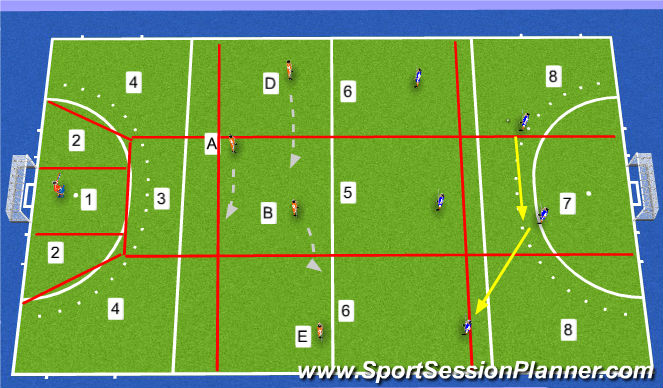How Many Quarters in Hockey? Understanding the Game Structure
Hockey is an exciting and fast-paced sport that captivates fans around the world. However, the game structure can vary depending on the level of play and the specific league or tournament. One common question that arises is, "How many quarters are there in hockey?" In this article, we will explore the game structure of hockey, including the number of periods or quarters played in different variations of the sport.
1. Traditional Ice Hockey Structure

Ice Hockey
In traditional ice hockey, the game is divided into three periods, not quarters. Each period typically lasts for 20 minutes of actual playing time. The clock stops for penalties, timeouts, and other game stoppages.
Between the periods, there are intermissions of varying lengths, usually around 15 minutes, for teams to rest, strategize, and make adjustments.
2. International Ice Hockey Structure
International ice hockey follows a similar structure to traditional ice hockey, with three periods of 20 minutes each.
However, there are some differences in the rules and regulations, including variations in penalties and playing surface dimensions.
Like traditional ice hockey, international ice hockey also includes intermissions between periods.
4. College Hockey Structure

Hockey Structure
In college hockey, the game structure is similar to traditional ice hockey, consisting of three periods lasting 20 minutes each.
The rules and regulations may vary slightly, depending on the specific college hockey conference or governing body.
Intermissions are also observed between periods to allow for team strategies and rest.
5. High School Hockey Structure
High school hockey games generally follow the same structure as traditional ice hockey, with three periods of 17 minutes each.
The shorter periods are often implemented to accommodate scheduling considerations and to align with regulations set by high school sports associations. Intermissions are observed between the periods.
6. Youth and Recreational Hockey Structure
Youth and recreational hockey leagues often modify the game structure to suit the age and skill level of the players. In these leagues, games may be divided into shorter periods or even quarters.
The duration of each period or quarter can vary, ranging from 10 to 15 minutes. Intermissions are typically shorter as well.
7. Overtime and Shootouts
In the event of a tie at the end of regulation time, overtime periods may be played to determine a winner.
The format and duration of overtime can differ depending on the league or tournament. Some leagues employ a sudden-death format, where the first team to score wins the game.
Others may have multiple overtime periods. If a winner is still not determined, a shootout may be used, where players take turns shooting at the opposing team's goalie.
The number of quarters or periods in hockey depends on various factors, including the level of play, league rules, and age group. Traditional ice hockey, international ice hockey, college hockey, and high school hockey generally consist of three periods. However, youth and recreational leagues may modify the structure to include shorter periods or quarters. Understanding the game structure is essential for players, coaches, and fans to fully enjoy and participate in the game. Whether it's three periods or quarters, the excitement and intensity of hockey remain the same, making it a thrilling sport for players and spectators alike.